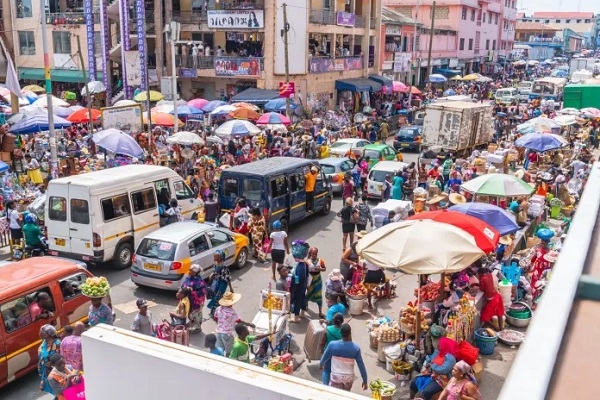What US Tariffs Mean for Kenya's Trade
While we can’t predict how Kenya’s tariff positioning will evolve relative to others, we can lean on some key strengths,
In April, US President Donald Trump announced a 10% tariff on imports from several African countries, including Kenya.
Many businesses were blindsided by the new tariffs, imposed well after budgets had been finalised and operations mapped out for the year. Most had already made forecasts based on certain cost structures, raw material prices, and labour expectations.
At the moment, there’s still no clarity on whether these tariffs will increase, remain as they are, or whether Kenya might eventually be granted an exemption. Amidst this uncertainty, it’s all the more important for Kenyan businesses–and the broader economy to prepare for multiple outcomes.
So what does this mean in practical terms?
Let’s begin with where we are now. In 2024, the United States was Kenya’s second-largest trade partner by value, importing goods worth $737.3 million from the country. This new tariff poses an undeniable concern: it risks making Kenyan products more expensive and, in turn, less competitive in the American market. To adapt to this sudden development, businesses now face an urgent need for agile demand planning and rapid re-budgeting.
Take the apparel sector, for instance, which accounted for 72% (US$533 million) of Kenya’s total exports to the U.S. in 2024. This industry has long benefited from duty-free access under the African Growth and Opportunity Act (AGOA), but is now facing a 10% tariff. The consequences are immediate: squeezed margins, potential job rationalisation, and downward revisions in production volumes.
Other industries likely to feel the brunt include automotive parts, electronics, and raw materials like steel and aluminium—essentially anywhere where the U.S. is a key market. The freight sector will also experience a slowdown due to decreased export volume.
In times like these, businesses must adopt innovative financial strategies to navigate short-term pressures. Digital financial infrastructure is playing an increasingly critical role in that response. Platforms like Verto, for instance, enable businesses to make fast, low-cost cross-border payments, reducing transaction fees, preserving revenue margins, and improving cash flow.
With access to multi-currency accounts, companies can also hold and transact in the currencies they need most, helping them navigate forex volatility and maintain the smooth operation of their supply chains.
However, most businesses and governments are not only concerned with the immediate effects of the tariffs, but will also be looking at the bigger picture: How does Kenya maintain its competitiveness in an increasingly contested global marketplace? For example, countries like Vietnam and Bangladesh remain strong contenders in sectors such as garments and textiles.
If they secure more favourable tariff terms than Kenya, they could gain a competitive edge, posing a challenge for Kenyan exporters to navigate and protect their market share. This presents a challenge for local businesses that will need to stay competitive in response.
Still, there is room for optimism. While we can’t predict how Kenya’s tariff positioning will evolve relative to others, we can lean on some key strengths. Our structurally diverse economy and adaptable workforce put us in a strong position, not just to weather challenges, but to seize new opportunities. If tariffs disrupt the competitiveness of other exporters, Kenya could step into those gaps, expanding its presence in sectors where it hasn’t traditionally led.
Additionally, Kenya’s longstanding relationship with the United States shouldn’t be overlooked. Kenya has historically enjoyed positive diplomatic and trade relations with the U.S., which may well support more favourable outcomes in future negotiations.
That said, I would encourage Kenyan businesses that mainly target the U.S. for exports to broaden their horizons and explore new markets. Intra-African trade, particularly within the East African region, offers an important complementary avenue.
While African markets are not a replacement for the U.S. market, as they don’t yet match its size or consumer spending power, they present growing demand and shared logistical advantages that should not be ignored.
Fintech innovations are helping to unlock this potential by enabling African businesses to directly trade with regional partners in local currencies, without needing to settle in U.S. dollars. That’s a significant shift, and one that lowers friction, strengthens supply chains, and opens up new commercial possibilities across borders with countries like Tanzania, Zambia, Malawi, and the DRC.
As we stand at a crossroads, the path forward calls for a blend of pragmatism and optimism. We must continue to believe in the strength of our industries and the resilience of our workforce. But we must also act decisively by embracing technology, diversifying our markets, and advocating for favourable trade terms that support Kenya’s long-term economic ambitions.













